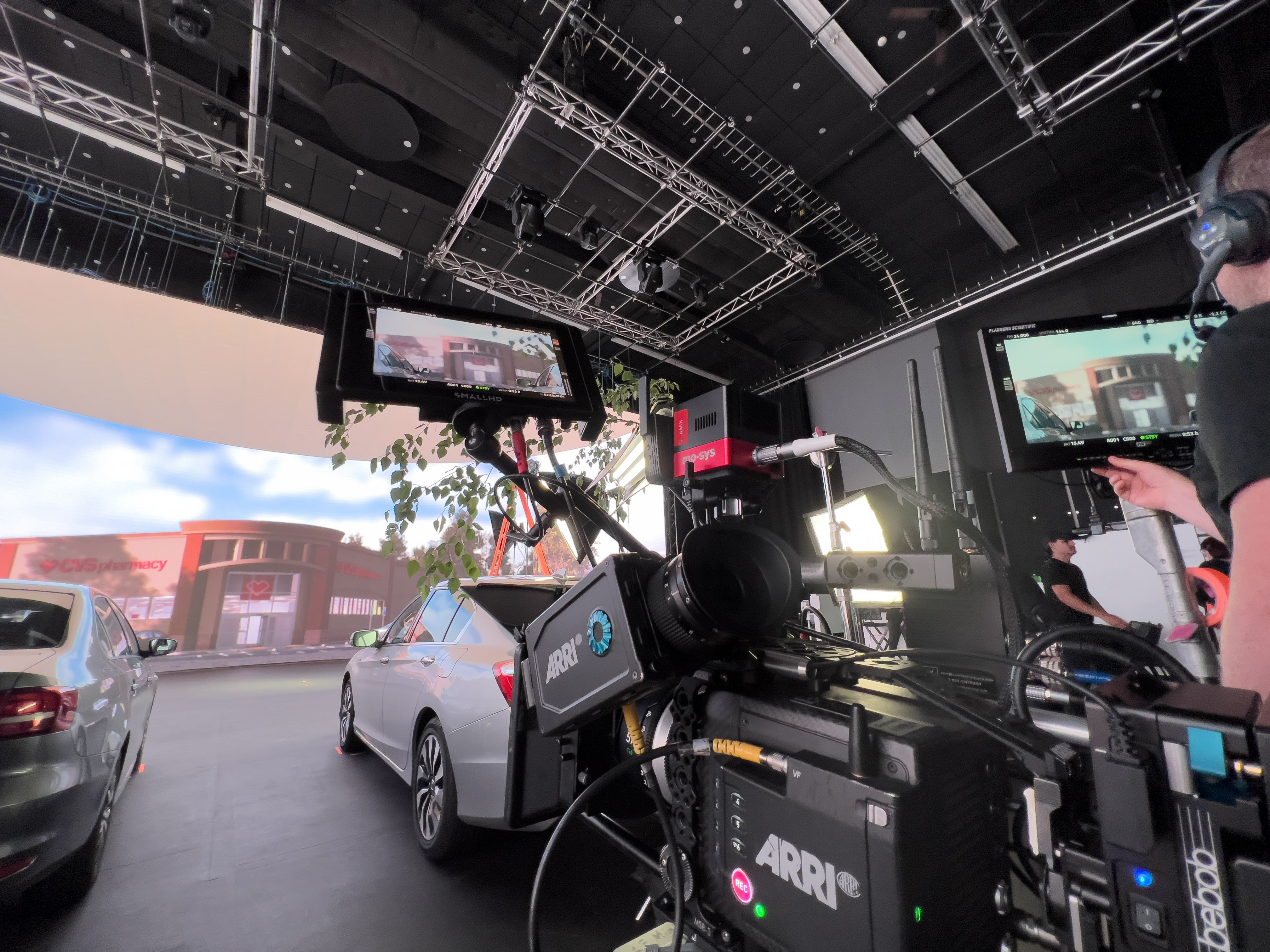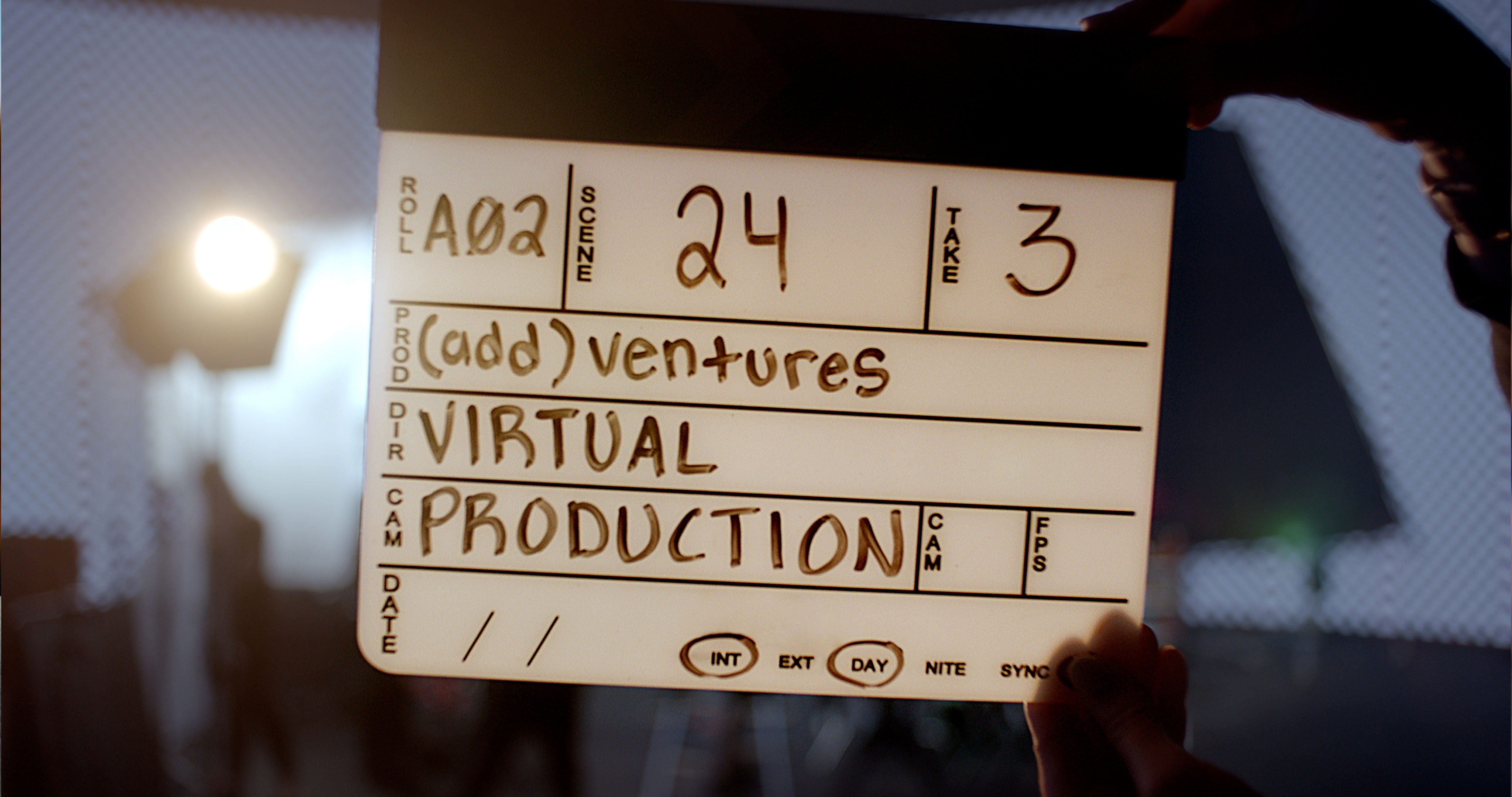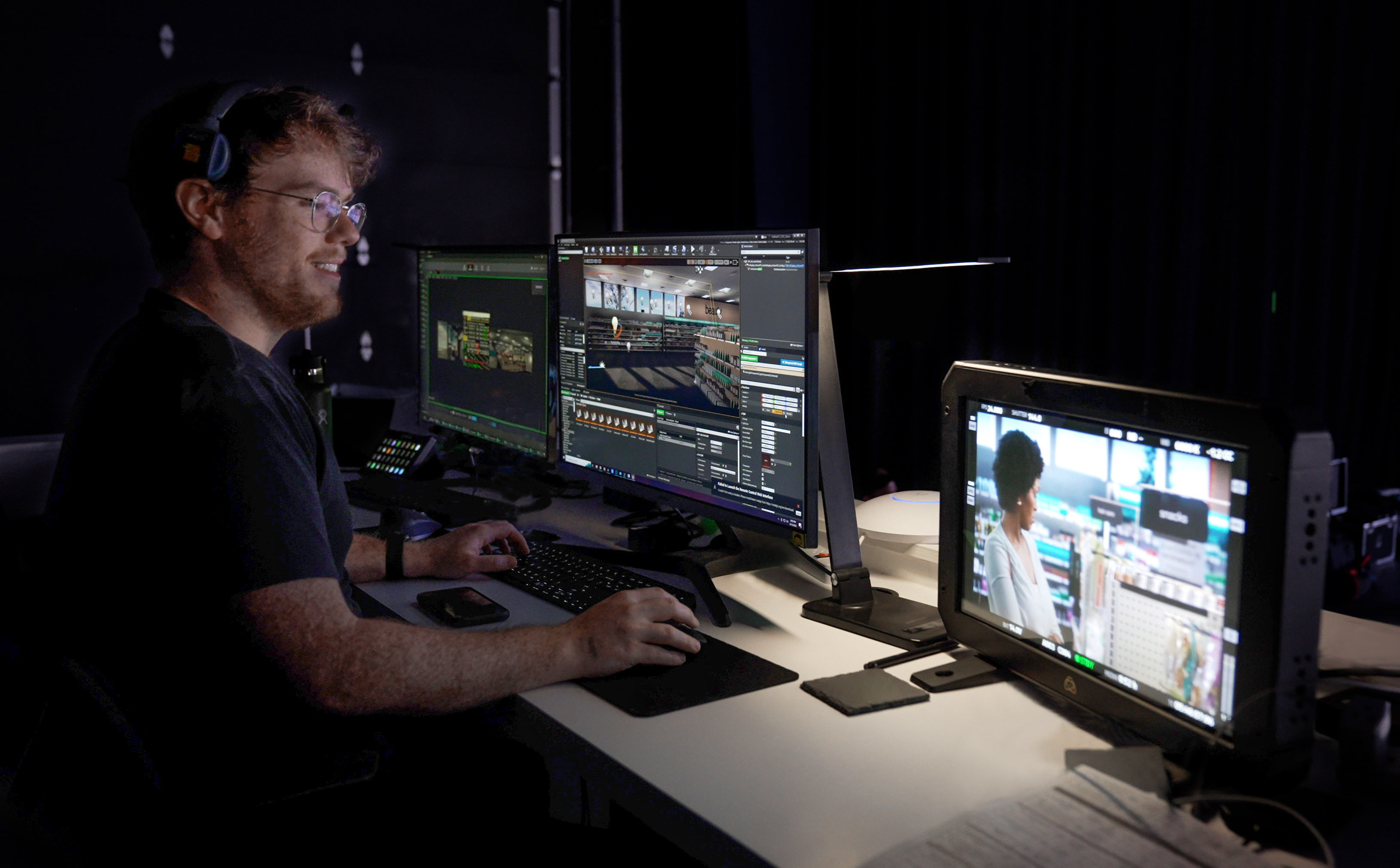How virtual production impacts the storytelling process
Virtual video production (VP) combines traditional filming techniques with virtual environments to help create immersive video experiences that bring storytelling to new heights. By leveraging technology throughout the entire production life cycle, VP helps enhance how we create content.
When deciding to use VP for a brand story, the first step is understanding how it impacts the storytelling process. And, then, asking the right questions to discover if VP is the right solution to help bring a brand vision to life.
Pre-production creative alignment
Creative planning has to happen long before a VP shoot starts, to be successful. This might sound like a dream come true to anyone who’s ever been part of a production team, but certain impromptu decisions that could be made on the fly in a traditional video production, or relegated to the “fix it in post” mentality may be limited by the technology and digital nature of VP.
So, it’s critically important to get key stakeholders to align strategically and creatively in pre-production. This means a larger time investment in pre-planning details, both big and small, before the studio lights even turn on.
Question to ask: Can we get all stakeholders to align before the shoot starts and still make the deadline?
On-set creative and technical synchronization
As one of our executive producers explained, “I have to use a different part of my brain when shooting a virtual production.” Why? Because seamlessly merging the physical and virtual worlds is a completely different process that you have to be able to wrap your head around.
Beyond the traditional principal photography on the LED wall, a successful VP shoot requires creative and technical synchronization between the technology and the people using it. On-set production teams will include the VFX department, a virtual art department and a highly detailed production plan that will be built around maximizing the storytelling potential. To successfully execute that plan, the LED volume operators, virtual gaffers and DPs, as well as the game engine operators in the brain bar, will all play a critical role in a successful shoot.
Question to ask: Do we think this story would be more impactful and ease traditional video production burdens (cost, efficiencies, possibilities) if we utilize this innovative technology to maximize the storytelling production capabilities?
Post-production benefits to consider
“Don’t worry about it…we’ll fix it in post!” The famous phrase that’s shouted without hesitation on sets everywhere. This seemingly consequence-free solution has exasperated producers since the beginning of time. Mostly because what sounds like an “easy fix” later is just the opposite. Fixing something in post-production can often become a budget-blowing, time-intensive endeavor.
"Fix it in PRE" is a new term that will be music to VP producers' ears everywhere. With the pre-planning that accompanies virtual production, creative teams will have resolved many issues that might have been surprises on set. With the ability to change scenes and details within environments, in real time on set, capturing that perfect shot is now possible in camera. Want that mountain to be taller? No problem. Want that tree to be 20 feet to the left? Done.
This will allow your on-set talent, director and agency creatives to focus more on their craft in the moment. Instead of worrying about what might have been or what could be once the VFX team gets involved later.
For a virtual production, “fixing something in post” might become a vintage production adage, because the creative team can work together to address creative decisions versus pushing solves to post-production in order to keep a shoot moving forward.
Question to ask: Is everyone on the team ready and able to adapt to new agile workflows that are more collaborative from Day 1?
Storytelling is collaborative, so understanding how virtual production works, its benefits and the differences compared to a traditional video production process is vital when choosing the best storytelling tool for your brand.



